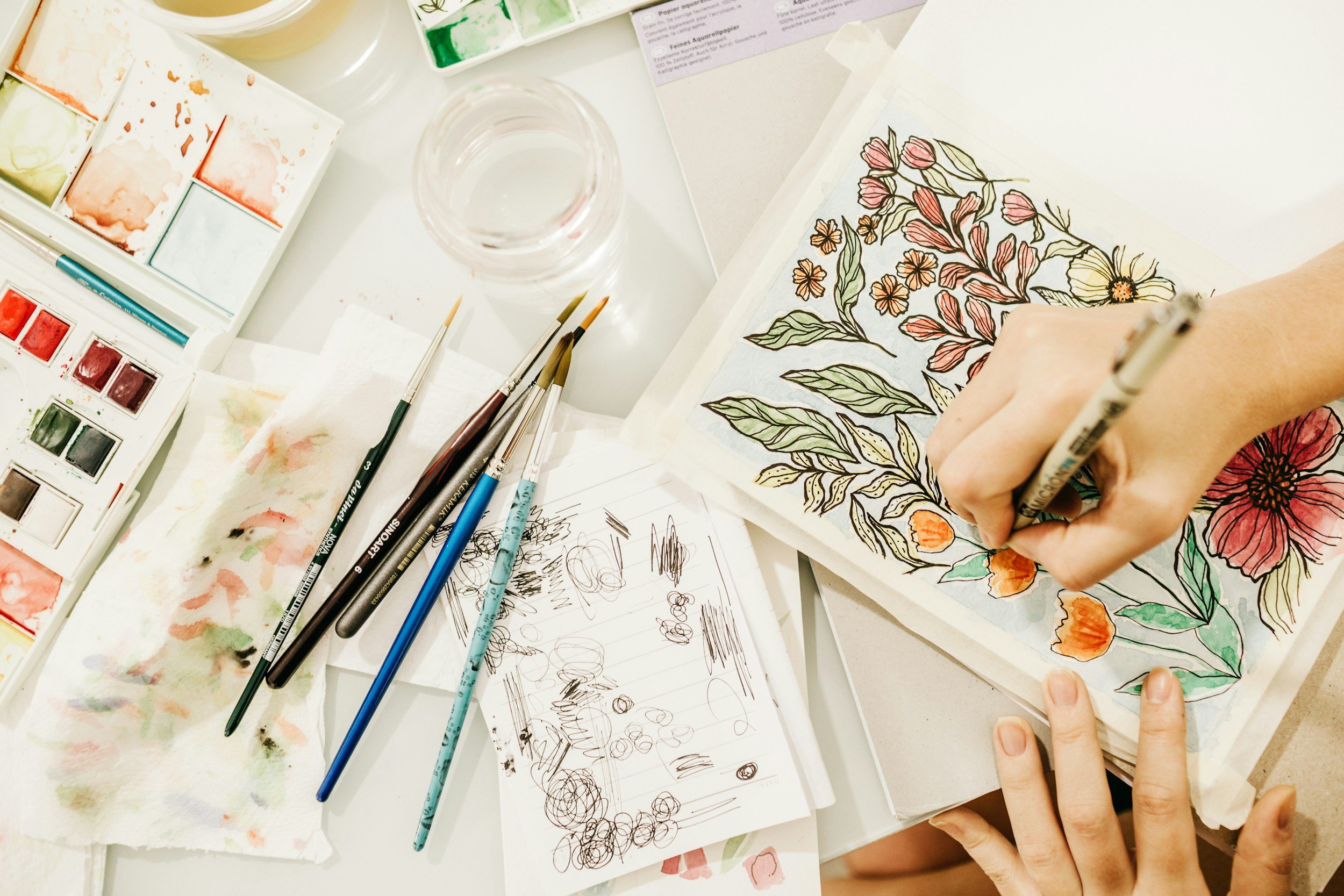The Science Behind Art Therapy: Why Creativity is Good for Your Mental Health
Art therapy isn’t just about making pretty pictures—it’s a powerful tool that taps into the brain’s ability to heal, process emotions, and reduce stress. Whether you’re painting, drawing, sculpting, or even doodling, engaging in creative activities can have profound effects on your mental well-being. But why does art have this impact? Let’s explore the science behind it.
How Art Affects the Brain
When you engage in creative activities, your brain undergoes several positive changes:
Activates the Reward System: Creating art releases dopamine, the brain’s “feel-good” chemical, which can help combat stress, anxiety, and even depression.
Engages Both Hemispheres: Art requires both logic (planning, structure) and intuition (emotion, free expression), strengthening connections between the left and right sides of the brain.
Encourages Neuroplasticity: Learning and practicing new creative skills help rewire the brain, forming new neural pathways that can support emotional resilience and problem-solving skills.
Reduces Cortisol Levels: Studies show that making art lowers cortisol, the stress hormone, leading to a sense of relaxation and calm.
The Psychological Benefits of Art Therapy
Art therapy is often used as a therapeutic tool for a wide range of mental health conditions. Here’s how it helps:
Emotional Expression: Sometimes, it’s hard to put feelings into words. Art provides a safe, non-verbal way to express emotions.
Mindfulness and Stress Reduction: The process of creating art encourages focus and being present, similar to meditation.
Boosts Self-Esteem: Completing an art project—regardless of skill level—gives a sense of accomplishment and confidence.
Encourages Self-Discovery: Engaging in art can reveal hidden emotions and thoughts, helping individuals better understand themselves.
Who Can Benefit from Art Therapy?
The short answer? Everyone. You don’t need to be an artist to benefit from creative expression. Art therapy is used to help:
Individuals dealing with anxiety, depression, or PTSD
Children struggling with emotional regulation
People recovering from trauma or grief
Those experiencing stress from work or personal life
Anyone looking for a creative outlet for self-care
How to Incorporate Art into Your Life for Better Mental Health
You don’t need a therapist to start experiencing the benefits of creativity. Here are some simple ways to add more art into your routine:
Keep a sketchbook or journal for doodling or writing out thoughts.
Try coloring books—they’re not just for kids! Adult coloring books are great for relaxation.
Experiment with different mediums like watercolor, clay, or collage.
Join a creative community—attend a local art class or find online workshops.
Set aside time regularly to engage in an art activity without pressure or expectations.
The connection between art and mental health is backed by science, but more importantly, it’s something you can experience for yourself. Whether you’re dealing with stress, working through emotions, or simply looking for a new way to unwind, creativity can be a powerful tool for self-care and healing.
So, grab some paper, paints, or even just a pen—and start creating your way to a healthier mind!
